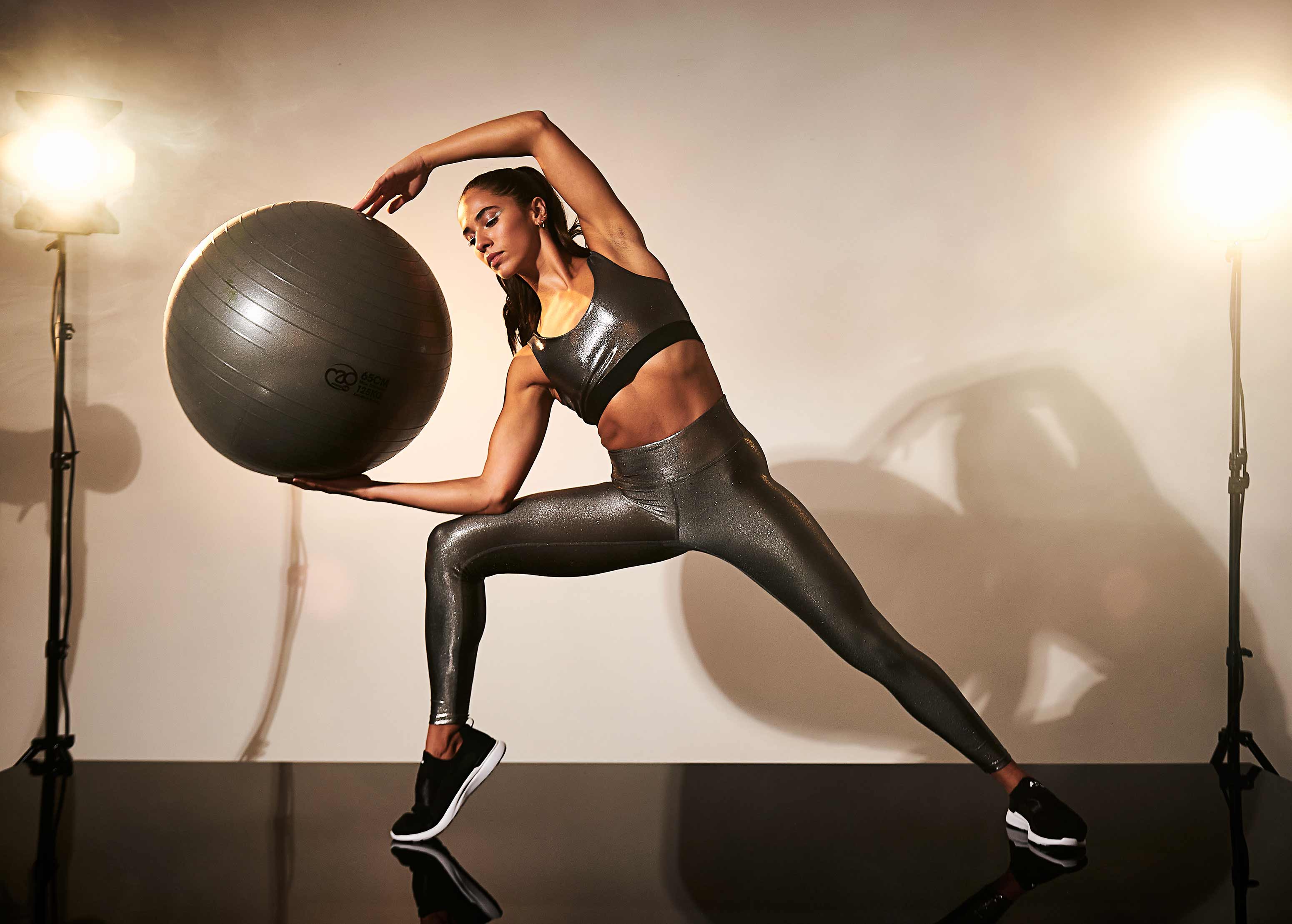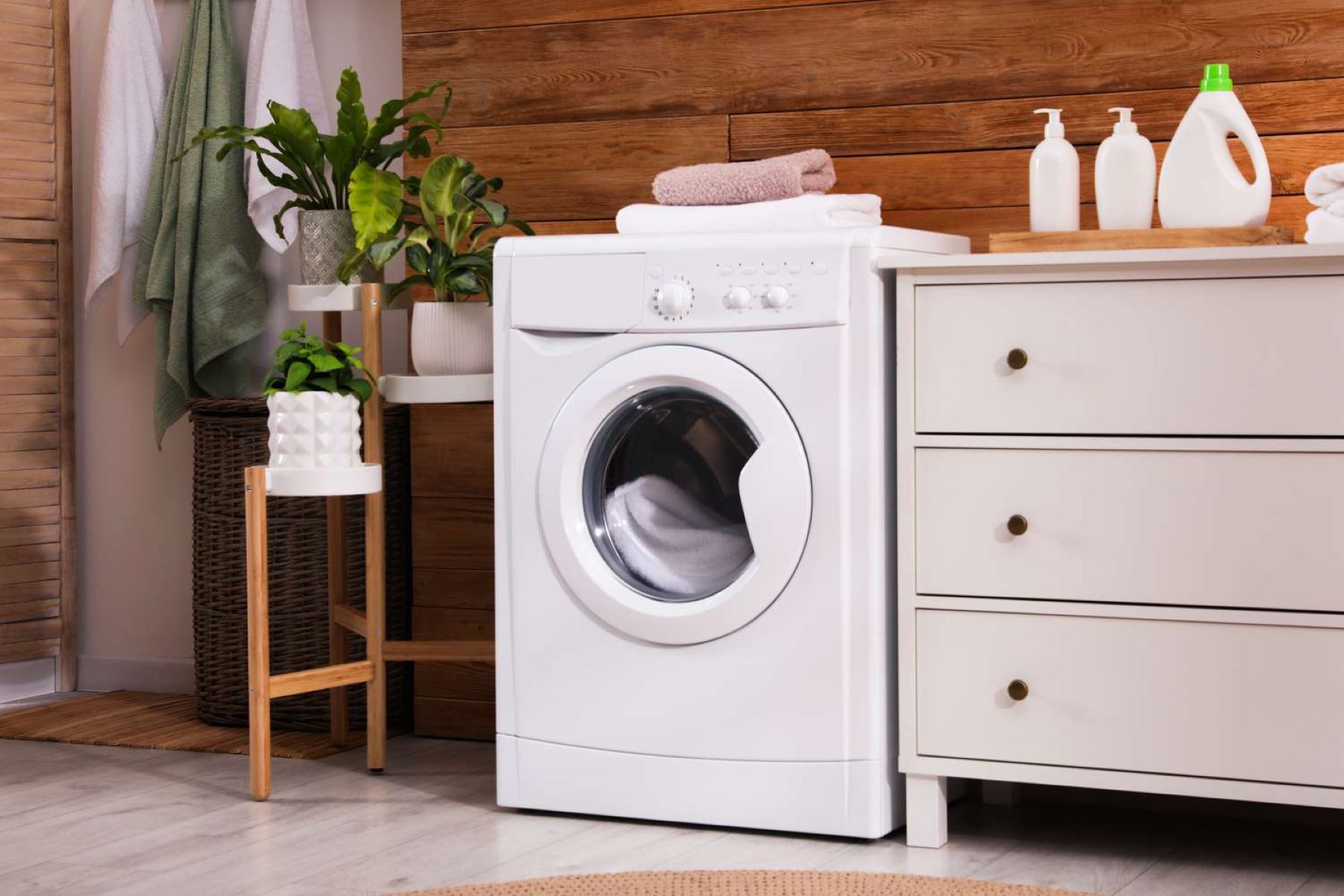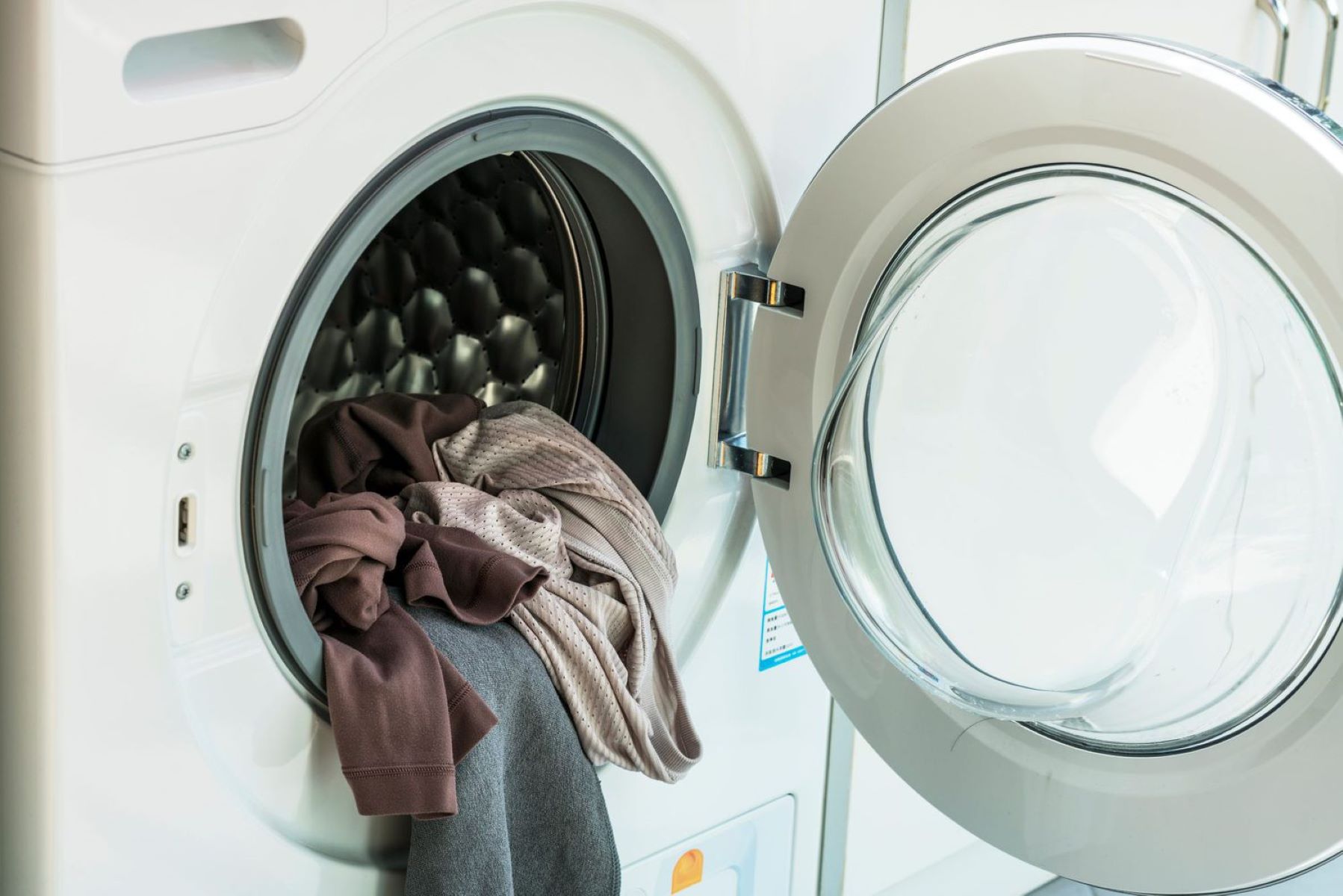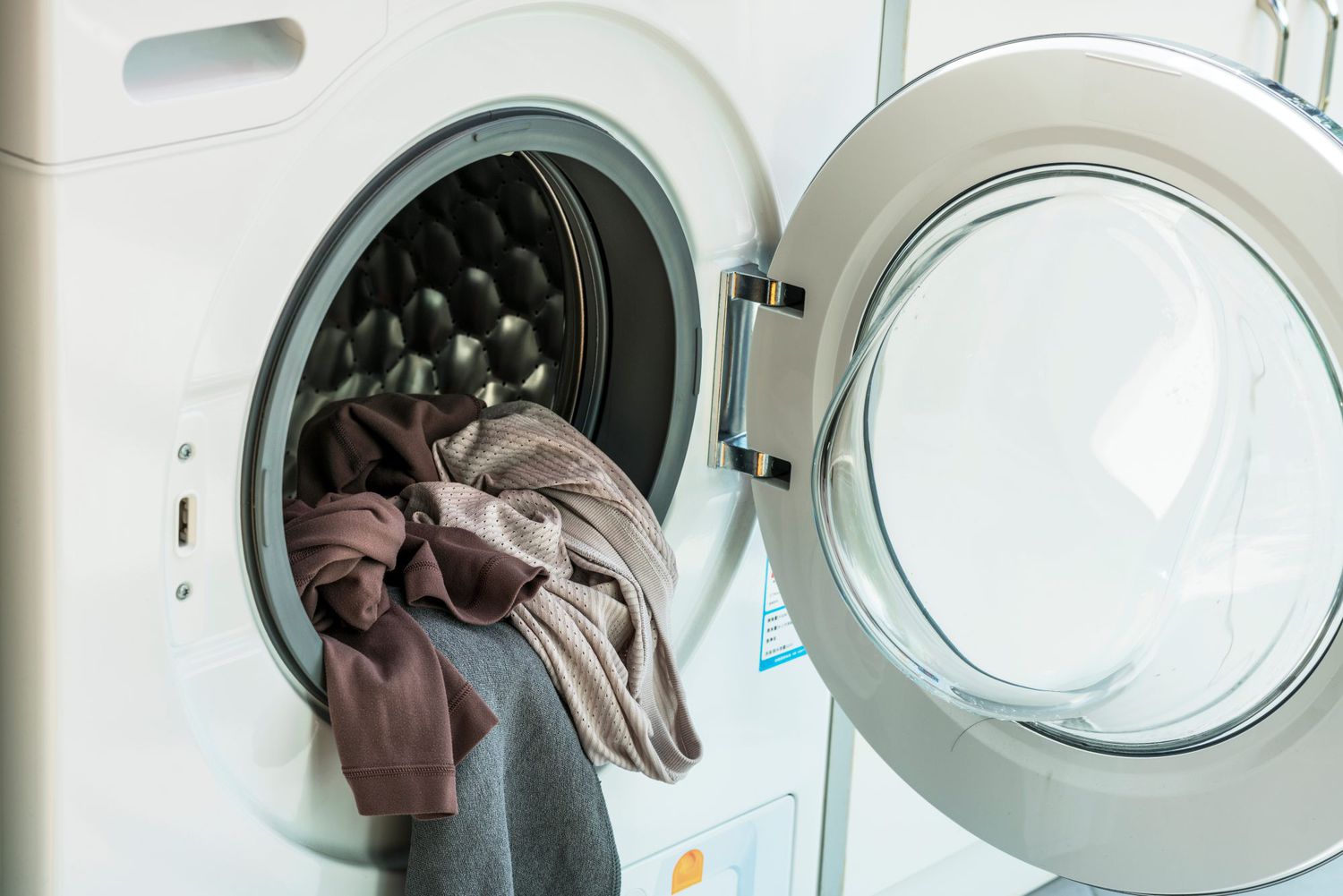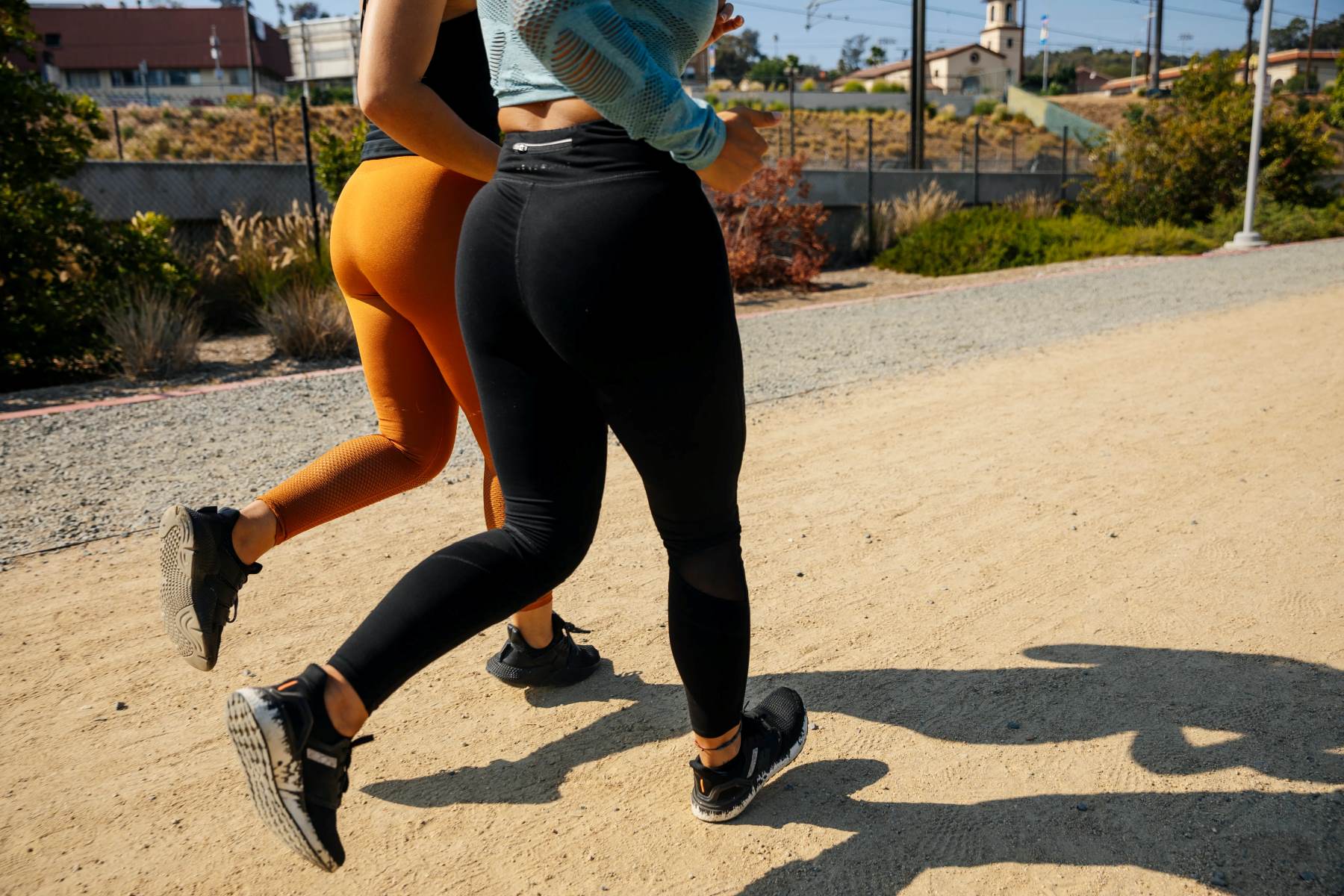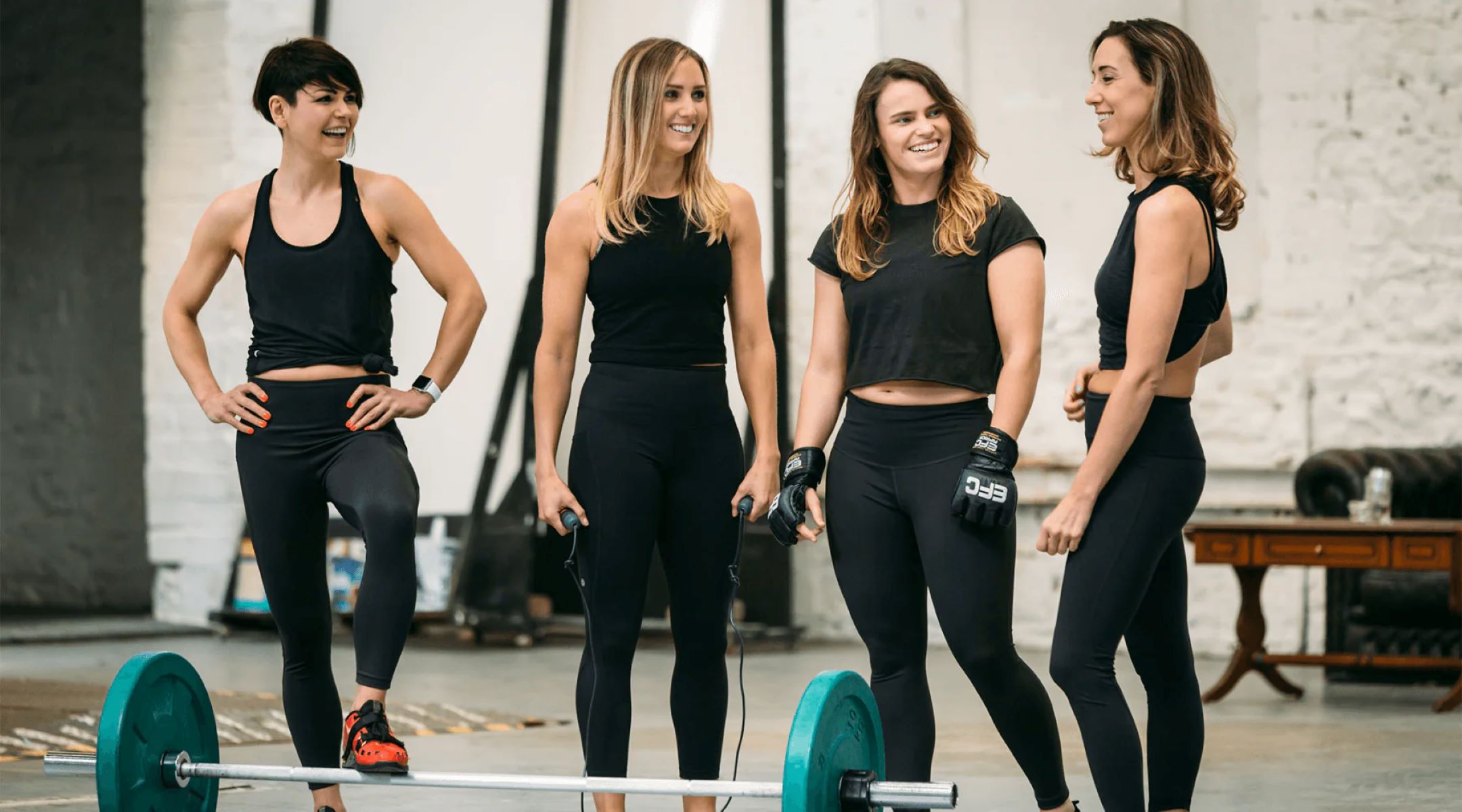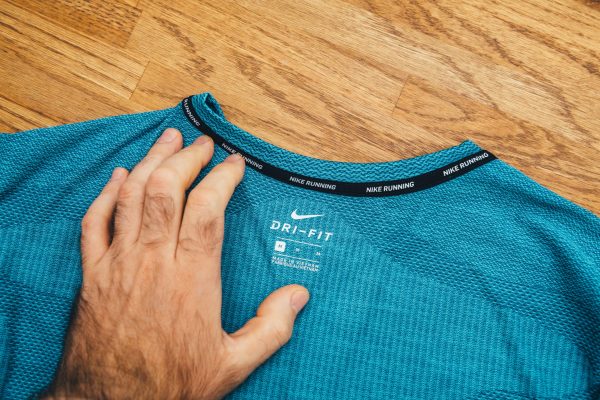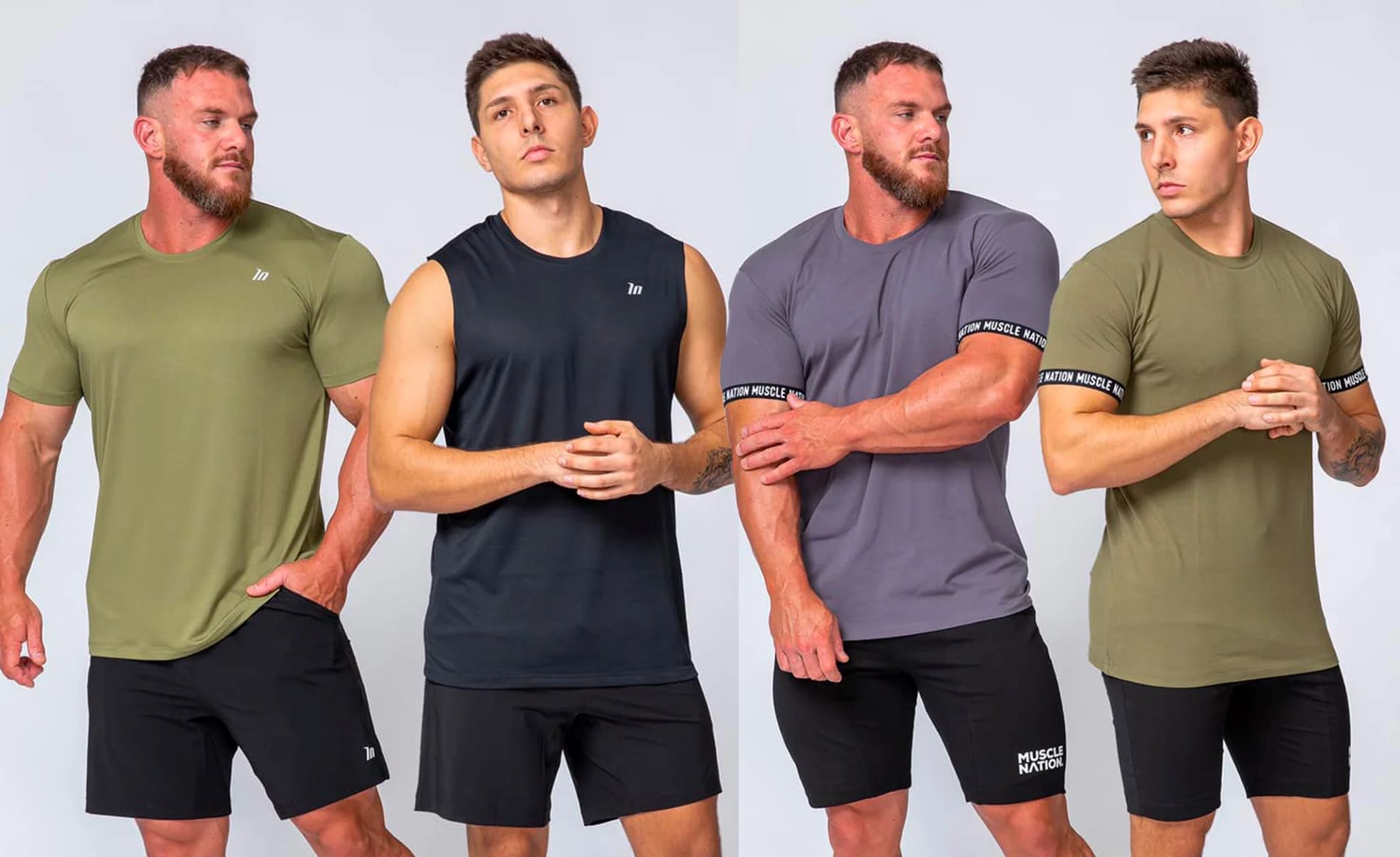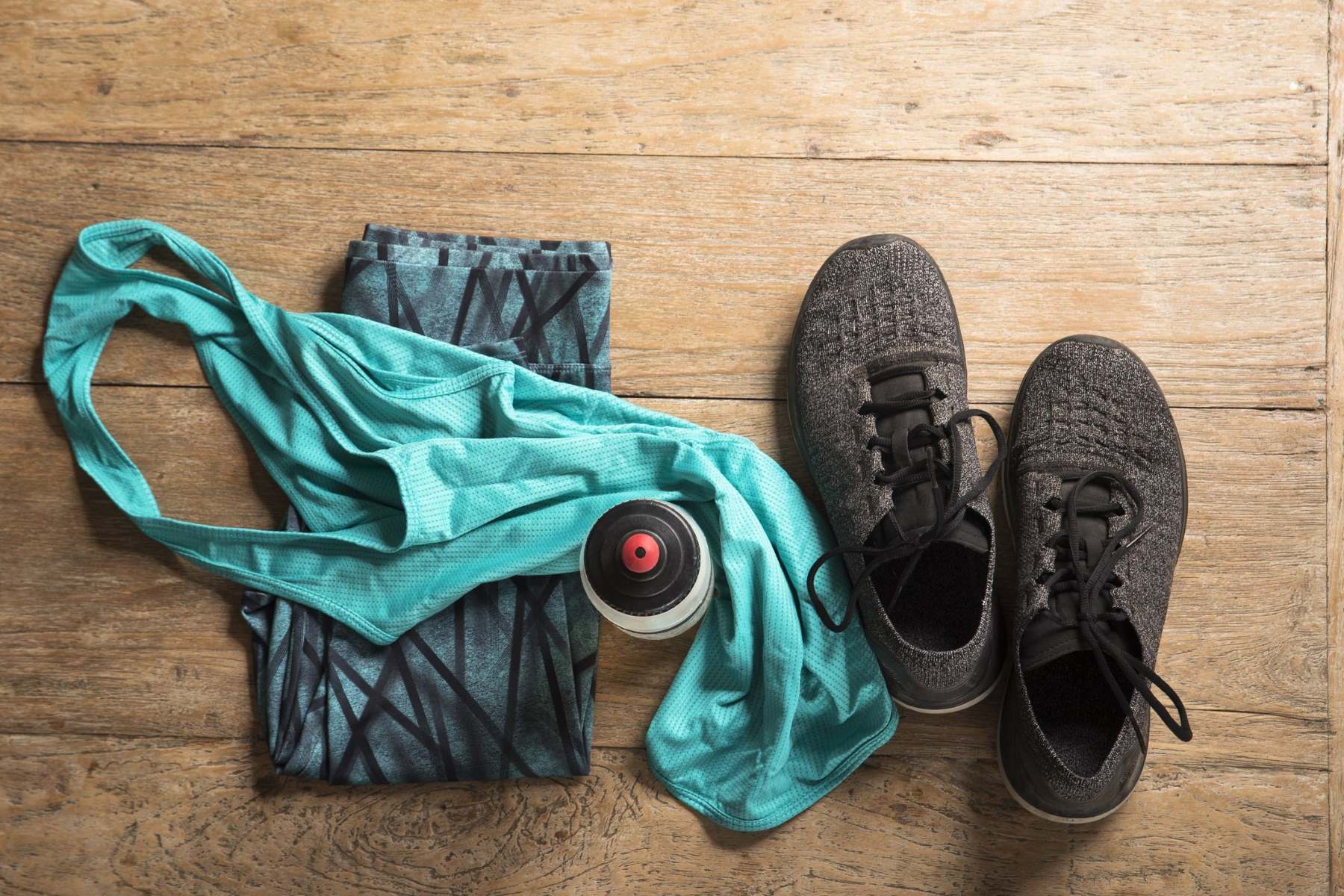Home>Misc>Featured>Why Not Use Fabric Softener On Workout Clothes
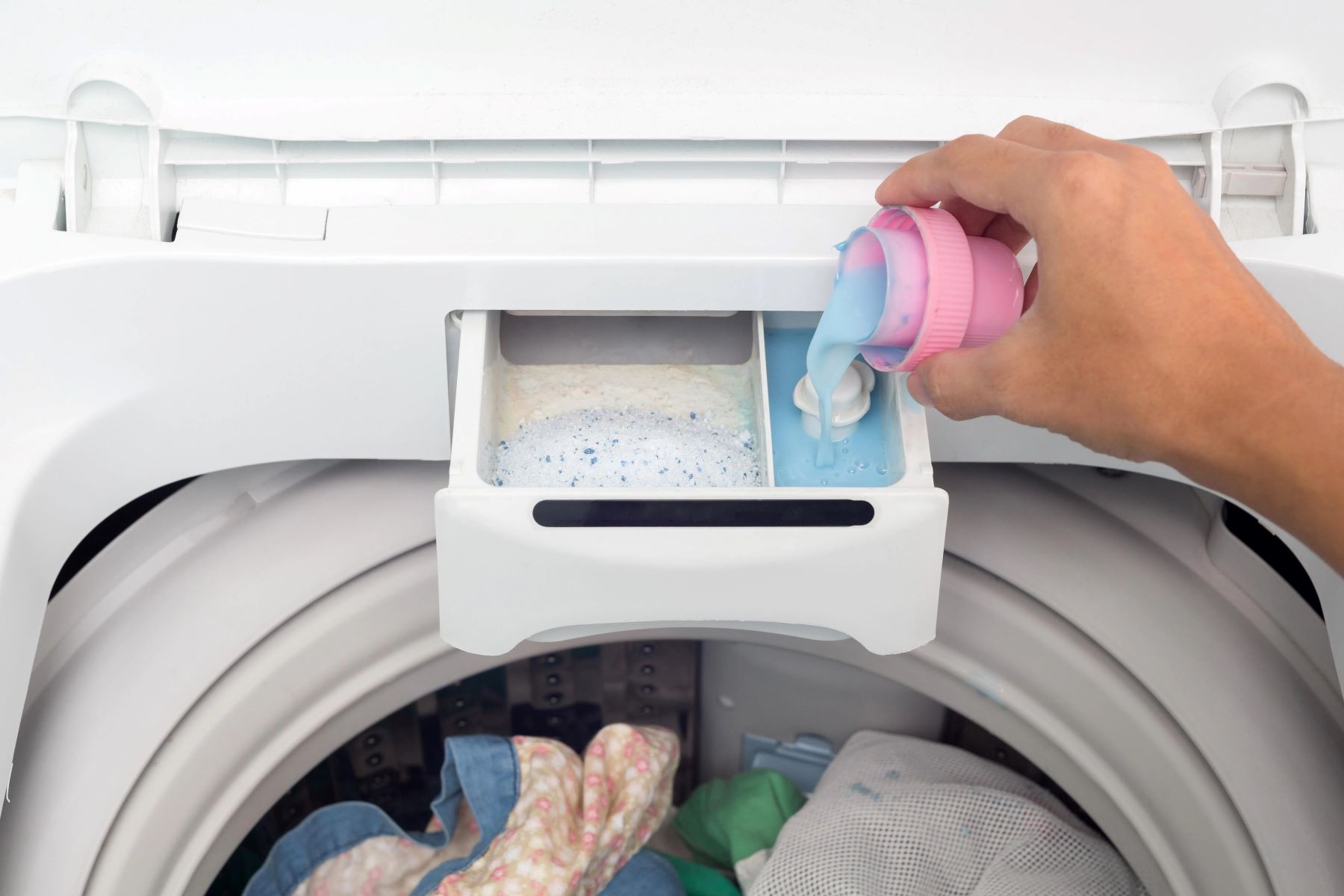

Featured
Why Not Use Fabric Softener On Workout Clothes
Modified: August 19, 2023
Discover why it's not recommended to use fabric softener on your workout clothes. Read our featured article for essential care tips and prolong the lifespan of your activewear.
Introduction
Fabric softener is a popular laundry product that many households use to make their clothes softer and more comfortable to wear. However, when it comes to workout clothes, using fabric softener may not be the best idea. Workout clothes are made from unique materials that require special care to maintain their performance and durability. In this article, we will explore why using fabric softener on workout clothes is not recommended and provide alternative solutions for keeping them fresh and odor-free.
When it comes to workout clothes, comfort and performance are key. These clothes are designed to wick away sweat, provide proper ventilation, and allow for maximum flexibility during physical activity. Fabric softeners, on the other hand, are designed to coat fabrics with a thin layer of chemicals that make them feel softer and reduce static cling. While this is great for everyday clothing, it can have negative effects on the functionality of workout clothes.
The chemicals present in fabric softeners can clog the fibers of workout clothes, which can impede their moisture-wicking abilities. This means that instead of pulling sweat away from your body, the fabric softener will trap it in the fibers, leaving you feeling uncomfortable and drenched in sweat during your workouts. In addition, fabric softeners can also leave a residue on workout clothes, which can lead to a build-up of bacteria and unpleasant odors over time.
Furthermore, fabric softeners contain ingredients such as silicone and fragrances that can deteriorate the elasticity and breathability of workout fabrics. These ingredients can break down the fibers of the clothing, causing them to lose their shape and stretchiness. This means that using fabric softener regularly on workout clothes can shorten their lifespan and affect their performance during intense workouts.
So, what can you do to keep your workout clothes fresh and comfortable without using fabric softener? In the next section, we will explore some alternative solutions to help you maintain the quality and functionality of your workout clothes.
Why Fabric Softener is Not Recommended for Workout Clothes
While fabric softener may seem like a convenient way to make your workout clothes softer and more pleasant to wear, it is not recommended for several reasons. The unique fabrics and construction of workout clothes require special care to maintain their performance and durability. Here are the main reasons why fabric softener should be avoided when it comes to your workout gear:
- Interference with moisture-wicking ability: One of the key features of workout clothes is their ability to wick away moisture and sweat from your body. The fibers in these garments are designed to pull the moisture to the surface where it can evaporate, keeping you dry and comfortable during your workouts. Fabric softeners can create a barrier on the fabric, preventing this wicking process from happening effectively. Instead of wicking away sweat, the fabric softener traps it in the fibers, leaving you feeling damp and uncomfortable.
- Residue build-up: Fabric softeners leave a residue on the fabric, which can build up over time. This residue not only affects the performance of the clothing but also creates a breeding ground for bacteria. The combination of sweat, fabric softener residue, and bacteria can lead to unpleasant odors that are difficult to remove, even with washing.
- Deterioration of fabric: Workout clothes are made from technical fabrics that are engineered to provide optimal breathability, flexibility, and durability. Fabric softeners contain chemicals that can break down the fibers of these fabrics, causing them to lose their shape and elasticity. Over time, the fabric may become stretched out, lose its ability to retain its shape, and become less breathable. This can significantly affect the performance and longevity of your workout clothes.
- Impact on odor-fighting properties: Many workout clothes come with built-in odor-fighting properties that help eliminate the smell of sweat. Fabric softeners can diminish or even neutralize these properties, making it more difficult to keep your workout clothes fresh and odor-free.
Given these reasons, it is clear that fabric softener is not the ideal choice for maintaining the quality and functionality of your workout clothes. Thankfully, there are alternative methods and products that can help you keep your workout gear in top condition, which we will explore in the next section.
How Fabric Softener Affects Workout Clothes
Fabric softener may seem harmless, but when it comes to your workout clothes, its effects can be detrimental. Understanding how fabric softener affects workout clothes can help you make informed decisions about how to care for and maintain your athletic gear.
One of the main ways fabric softener affects workout clothes is by interfering with their moisture-wicking capabilities. Workout clothes are designed to pull moisture away from your body, allowing it to evaporate quickly and keeping you dry and comfortable during your workouts. The chemicals in fabric softeners can create a film on the fabric, hindering its ability to wick away sweat effectively. Instead of pulling moisture away from your skin, the fabric softener traps it in the fibers, leading to a damp and sticky feeling while you exercise.
Additionally, fabric softeners can leave a residue on your workout clothes. This residue can build up over time and create a breeding ground for bacteria. The combination of sweat, fabric softener residue, and bacteria can result in unpleasant odors that are difficult to eliminate, even with washing. This can be particularly problematic for workout clothes, which tend to experience more intense sweating and require regular washing to stay fresh.
Furthermore, the chemicals present in fabric softeners can degrade the quality of workout clothes. Many athletic garments are made from technical fabrics that offer specific benefits such as breathability, flexibility, and durability. However, the chemicals in fabric softeners can break down the fibers of these fabrics, leading to a faster deterioration of their performance properties. Over time, your workout clothes may lose their shape, stretch out, and become less effective at keeping you cool and comfortable during exercise.
It’s worth noting that fabric softeners can also impact the color vibrancy of your workout clothes. The dyes used in athletic garments are often designed to withstand frequent washing and exposure to sweat. However, fabric softeners can cause these dyes to fade or bleed, resulting in less vibrant and less appealing workout attire.
Given these negative effects, it’s clear why fabric softener is not recommended for use on workout clothes. To ensure the longevity and functionality of your athletic gear, it’s best to explore alternative methods of caring for and maintaining your workout clothes, which we will discuss in the next section.
Alternatives to Fabric Softener for Workout Clothes
If you want to keep your workout clothes soft, fresh, and odor-free without using fabric softener, there are alternative methods that can help you achieve these goals. Here are some effective alternatives to consider:
- Vinegar: White vinegar is a natural and cost-effective alternative to fabric softener. Add half a cup of vinegar to your laundry during the rinse cycle to help soften your workout clothes. Vinegar helps to break down any build-up, eliminates odors, and leaves your clothes feeling soft and fresh.
- Baking Soda: Baking soda is another excellent option for softening and deodorizing workout clothes. Add half a cup of baking soda to your laundry, along with your regular detergent, and wash as usual. Baking soda helps neutralize odors and leaves your clothes feeling clean and fresh.
- Wool Dryer Balls: Wool dryer balls are a reusable alternative to fabric softener. They help to soften clothes by creating space between the fibers, allowing air to circulate more effectively during the drying process. This leads to softer clothes without the need for fabric softener. Simply toss a few wool dryer balls into your dryer with your workout clothes, and let them work their magic.
- Air Drying: Another natural way to keep your workout clothes in top condition is by air drying them. After washing, hang your workout clothes on a drying rack or clothesline instead of using a dryer. This method not only helps to extend the lifespan of your clothes but also helps to preserve their shape and elasticity.
- Specific Detergents: Some laundry detergents are specifically formulated for workout clothes. These detergents are designed to thoroughly clean and remove odors from technical fabrics without the need for fabric softeners. Look for detergents that are labeled as “sport” or “performance” and follow the instructions on the packaging.
By using one or a combination of these alternatives, you can continue to care for your workout clothes effectively without compromising their performance or longevity. Experiment with different methods to find the one that works best for you and your athletic wear.
Tips for Caring for Workout Clothes
Proper care and maintenance of your workout clothes are essential to preserve their performance, durability, and longevity. Here are some effective tips to help you take care of your athletic gear:
- Wash them promptly: It’s important to wash your workout clothes as soon as possible after each use. This helps to remove sweat, bacteria, and odor-causing particles before they have a chance to settle into the fabric. Waiting too long to wash your clothes can lead to stains, lingering odors, and the growth of bacteria.
- Turn them inside out: Before washing your workout clothes, turn them inside out. This helps to protect the outer surface of the fabric and maintains the integrity of any logos or prints. It also allows for a more thorough clean, as the inside of the fabric is often where the most sweat and odor are concentrated.
- Use cold water: When washing your workout clothes, opt for cold water instead of hot water. Cold water is gentler on the fabric and helps to preserve its elasticity and color. Hot water can cause clothes to shrink and fade, compromising their fit and appearance.
- Avoid harsh detergents: Choose a mild detergent specifically formulated for sportswear or technical fabrics. Harsh detergents can be abrasive and can break down the fibers of your workout clothes over time. Look for detergents that help remove sweat, bacteria, and odors while being gentle on the fabric.
- Avoid fabric softeners: As we discussed earlier, fabric softeners can hinder the performance and longevity of your workout clothes. Avoid using them altogether and opt for alternative methods such as vinegar or baking soda to keep your clothes soft and fresh.
- Avoid dryer sheets: Just like fabric softeners, dryer sheets can leave a residue on your clothes and reduce their breathability. Instead, use wool dryer balls or air dry your workout clothes to help maintain their shape and performance.
- Store them properly: After washing and drying your workout clothes, store them properly to prevent wrinkles and maintain their shape. Fold them neatly or hang them up to avoid unnecessary stretching or fabric distortion.
- Rotate your workout clothes: To extend the life of your workout clothes, it’s a good idea to rotate them regularly. Wearing the same clothes every day can lead to faster wear and tear. Having multiple sets of workout gear allows you to give each item a break between uses, which helps them maintain their quality and performance over time.
- Follow care instructions: Always read and follow the care instructions on the labels of your workout clothes. Different fabrics may have specific requirements, and following the guidelines provided by the manufacturer will ensure that you are caring for your garments in the best possible way.
By implementing these tips into your routine, you can keep your workout clothes in excellent condition, ensuring that they continue to perform at their best, look great, and provide you with comfort during your workouts for a long time to come.
Conclusion
When it comes to caring for your workout clothes, it’s important to steer clear of fabric softeners. While fabric softeners can make everyday clothing feel soft and cozy, they can have adverse effects on the functionality and longevity of your athletic gear. The chemicals in fabric softeners can interfere with the moisture-wicking abilities of your workout clothes, leading to discomfort and decreased performance. Additionally, fabric softeners can leave residues that breed bacteria and cause unpleasant odors to linger.
Fortunately, there are alternative methods for keeping your workout clothes soft, fresh, and odor-free. Using vinegar or baking soda in your laundry can effectively replace fabric softener, while wool dryer balls or air drying can help maintain the shape and elasticity of your clothes. It’s also crucial to wash your workout clothes promptly, turn them inside out, and use mild detergents specifically formulated for sportswear.
By following these tips and incorporating proper care and maintenance into your routine, you can ensure that your workout clothes continue to perform optimally and last longer. Taking care of your athletic gear not only helps you save money in the long run but also allows you to reap the full benefits of their functionality and comfort during your workouts.
So, the next time you do your laundry, remember to skip the fabric softener and opt for the alternative methods mentioned in this article. Your workout clothes will thank you, and you’ll be able to continue smashing your fitness goals in style and comfort!
